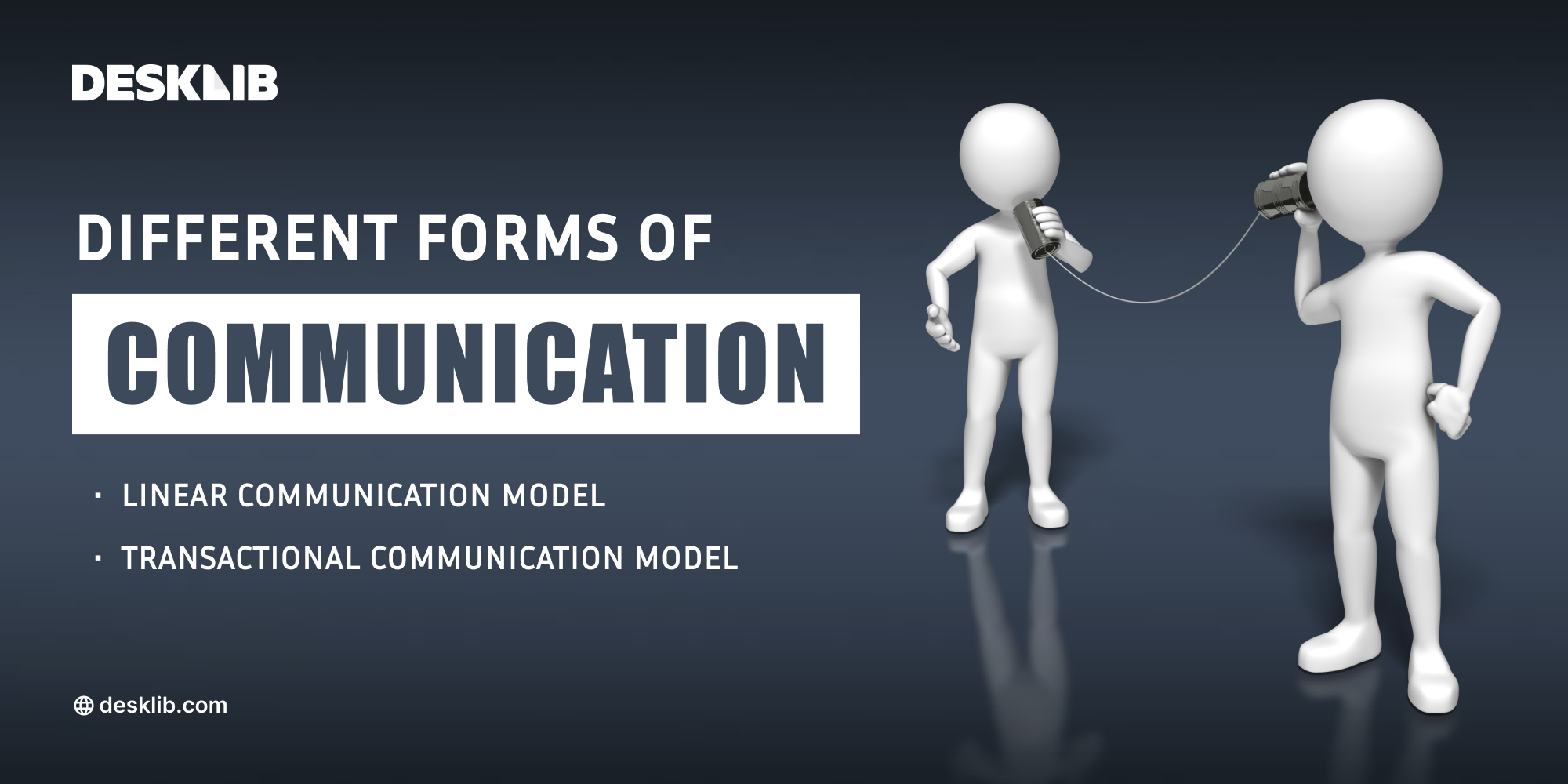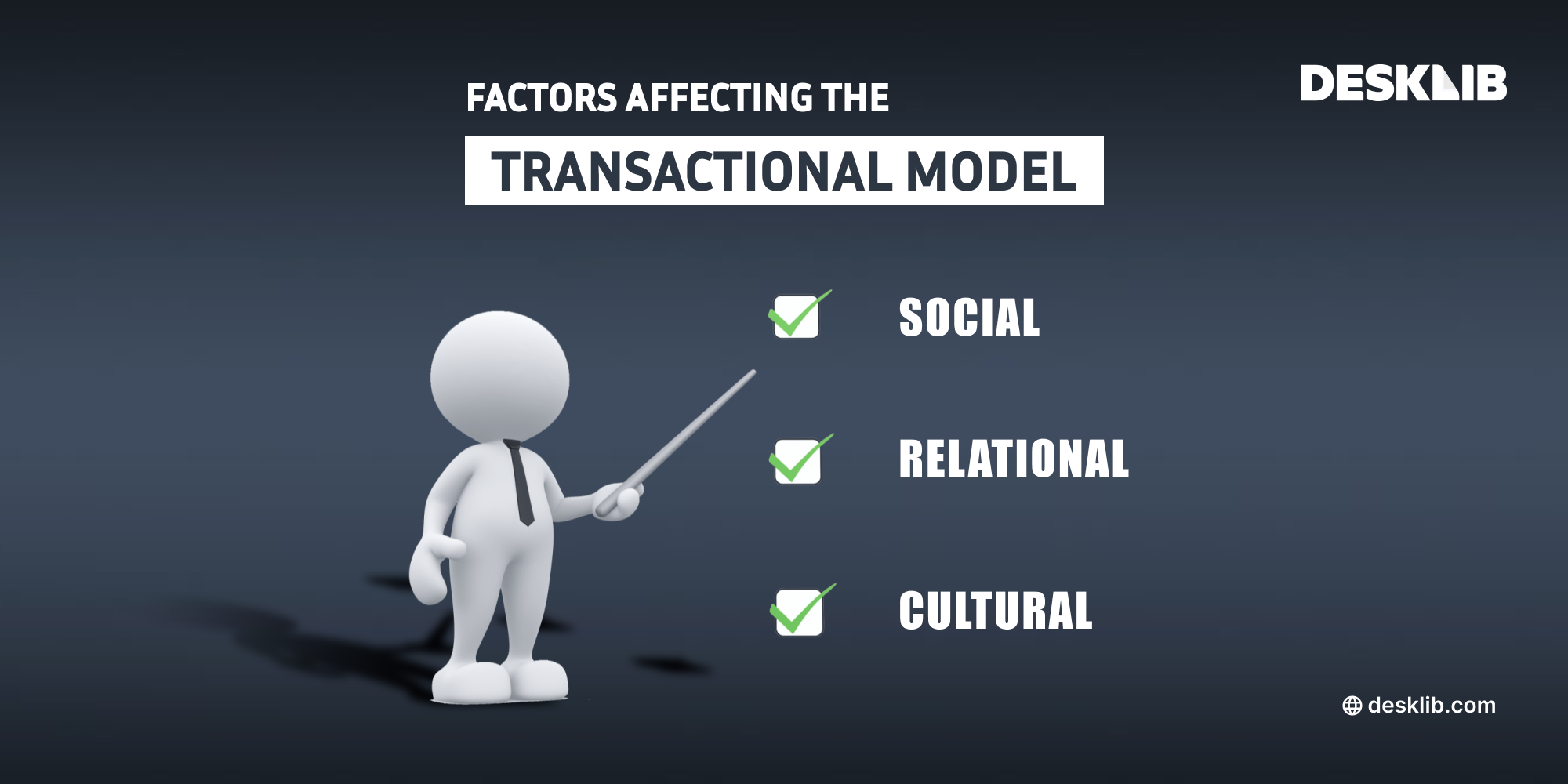Ask a question from expert
What is the Transactional Model of Communication ?
The transactional model of communication is a method of communication in a range of social, relational, and cultural situations, that generate social realities.
The continuous exchange of information when the sender and receiver are both participating and passing messages back and forth is known as the transactional model of communication. Participants sometimes referred to as communicators, can be either machines or people.
This interaction model defines communication as a circular model of communication since the communication process of transmitting the message happens simultaneously. Unlike other communication models, which are linear and one-way processes, the transaction model is a two-way process.
What this method of communication entails is as follows
- Make connections
- Organize connections across cultures
- Self-concept shaping
- Dialoguing with others will help you build communities
In other words, rather than discussing your realities, you actually construct them through speech.
The Transactional Model of communication has quite a different sender and recipient roles than the other models. The members involved in this kind of communication style are generally referred to as communicators rather than senders and receivers. The Transaction Model proposes that you are simultaneously a transmitter and receiver, in contrast to the Interaction Model, which proposes that players swap places as sender and receiver.
Different forms of Communication

Although there are multiple forms of communication that exist but here if we talk about certain communication skills in the context of the transactional model, there are two specific models of communication to start with
- Linear Communication Model - This model is a one-way communication channel, or non-interactive communication, as the name suggests. For instance, mailing a memo, speaking, or airing on television.
- Transactional Communication Model - This model involves two-way interaction or communication. The sender and receiver are the two parties involved in this discussion. Only when both parties are there does it take place. It implies that it operates in real-time. For instance, a talk over Skype, a phone call, etc.
In this blog, we will talk about the second i.e. the transactional model of communication.
Basic Characteristics of the Transactional Model
There are mainly three crucial traits that define the transactional model of communication and it consists of-
- Communication changes over time.
- The message's information is primarily based on events that have already happened.
- The idea of time is the essential theme.
Factors affecting the Transactional Model
The Transaction Model incorporates a deeper comprehension of context. According to this model, context can improve or obstruct communication through physical and psychological impacts. Despite the fact that these factors are significant, the model concentrates on message transmission and reception.
The Transaction Model of communication must take into account contextual factors outside of a single encounter since it defines communication as a force that alters your experiences both before and after particular interactions take place. The Transaction Model takes into account how social, relational, and cultural circumstances frame and affect communication interactions in order to achieve this.
Following is the brief of the above-mentioned factors

- Social - The social context of communication refers to the explicit or implicit conventions that govern communication. You pick up communication conventions and rules as you become socialized into the nursing profession; these are frequently referred to as communication strategies and principles. Being honest during talks, being patient and encouraging the client to speak, exhibiting empathy, speaking clearly, making eye contact, and other common guidelines that affect social situations in nursing are just a few examples.
- Relational - Relational context comprises past interpersonal interactions and the nature of your current relationships with people. With someone you've recently met versus someone you've known for a while, you communicate differently. Initial interactions with people have a tendency to be more heavily scripted and governed by norms and rules that have been established. The nurse-client relationship is a professional one, not a personal one, so as a nurse, you should always communicate in a professional manner.
- Cultural - Various facets of identity, such as gender, race, sexual orientation, class, and ability, are included in the cultural context. While you might be able to spot some cultural effects during a communication contact, there might also be others that you can't notice. Because not all cultural identities are evident, a skilled communicator shouldn't assume they are aware of all the cultural settings a person brings to an interaction. Some people are acutely aware of how their cultural identities affect their communication and how others interact with them, particularly those whose identities have historically been ignored. On the other hand, those who identify as dominant or in the majority may infrequently, if ever, consider the influence of their cultural identities on their communication.
Pros and Cons of Transactional Method of Communication
Pros: This method provides a broader perspective and a deeper comprehension of the roles that intrapersonal, interpersonal, and environmental aspects play in communication. People frequently base their assumptions on these contextual aspects, so it is crucial to recognize these components when practising and developing effective communication.
Cons: This strategy necessitates analysis and critical thought. It necessitates a deeper comprehension of the political, social, and historical systems that influence communication. It may or may not be possible to identify the individual circumstances influencing a given communication interaction.
Implications of Transactional
- Communication is not a one-time procedure, as indicated by the term "transactional." It is a long-lasting process that is always altering. People are not all the same, and they adapt to circumstances and teamwork. According to the circumstances, the environment likewise changes.
- Each component of a transactional process exists in relation to every other component. They are interdependent on one another. Until the recipient does not understand, the message has no purpose.
- Each person in this communication process responds in an unanticipated way to a variety of circumstances, such as the message's intent, prior experiences, cultural norms, attitudes, and confidence. These are a few inferences from this model, then.
Conclusion
From the above discussion, we may have a certain conclusion about the transactional model, that communication takes the form of an ongoing circular process. The decoding and encoding processes, the correspondent, the message, the noise, and the channel are some of the elements and processes that make up the transactional model of communication.
It also has to do with how people communicate with communal reality, national upbringing, and relationship history. In this methodology, nonverbal responses such as gestures and body language are also measured as reactions. If you require assistance with a management assignment, get in touch with our qualified experts.
The transactional model of communication discusses simultaneous feedback, encoding and decoding non-verbal communication, and the importance of context and environment. The communication models cover even casual conversations. Compared to persons from various backgrounds, those who live in similar environments or have similar social systems are more likely to get along with one another.
FAQ’S
- What Sets The Transmission And Transactional Communication Models Apart?
The Transactional model includes two-way communication between sender and receiver while the Transmission model only permits one-way communication.
- What Else Do The Transactional Model And Transmission Model Have In Common?
The elements of the transactional and transmission models of communication that are similar include the sender, message, receiver, channel, noise, feedback, and decoding.
- Which Examples Of A Transactional Model Of Communication Are There?
The transactional paradigm of communication is exemplified by phone conversations, in-person meetings, video calls, and chats.
- What else is the Transactional Model of Communication called?
Another name for the Transactional Model of Communication is the Circular model of Communication.
Category
Business Management
Homework
Writing & Compare Documents
Computer Science
Teaching and Learning
Technology
Personal Development
Research Topics
Geography
Recruitment
NVQ Level 3 Diploma in health & social care
Social
Digital Marketing
Assignment Writing
Economics
International
Speech Topics
Travel And Lifestyle
Health
Project Proposals
Writing
Case Study